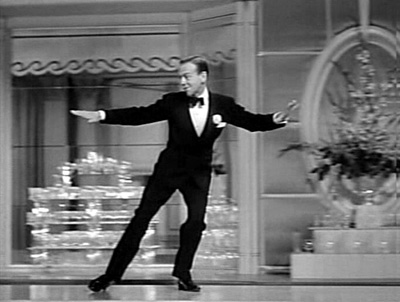Presenting a hyperbolization of categories of otherness through mapping markers of race, Orientalism, and sexuality onto the white middle-class female body, Ruth St. Denis’s Radha functions as a site of the condensation and displacement of desire.
In this work, St. Denis achieved a combination of Delsartism’s transcendent spirituality with the Oriental orgasmic in the spectacle of a goddess delirious with her own sexuality who chooses to renounce the powerful pleasure of her body for a chaste union with the transcendent.
This according to “Dancing out the difference: Cultural imperialism and Ruth St. Denis’s Radha of 1906” by Jane C. Desmond (Signs: Journal of women in culture and society XVII/1 [fall-winter 1991] pp. 28–49; reprinted in Moving history/dancing cultures: A dance history reader [Middletown: Wesleyan University press, 2001] pp. 256–270.
Above, St. Denis performing Radha in 1908; below, a documentary contextualizes the work in her career and influences.
Related post: Ted Shawn and Native American dance












